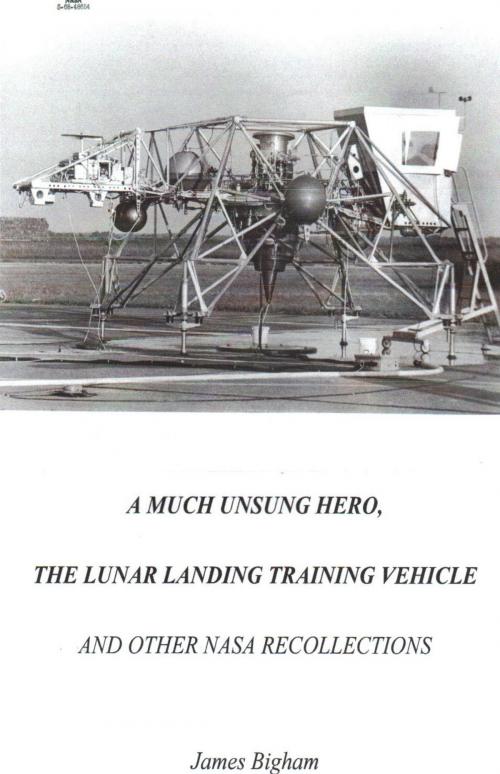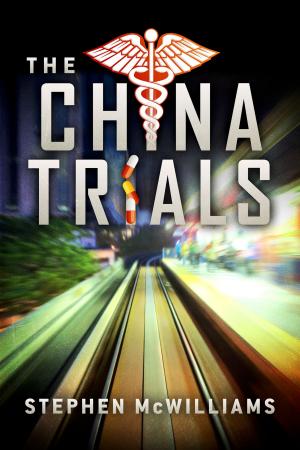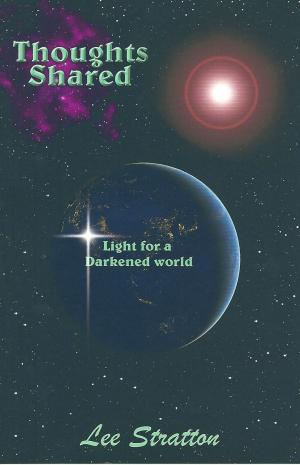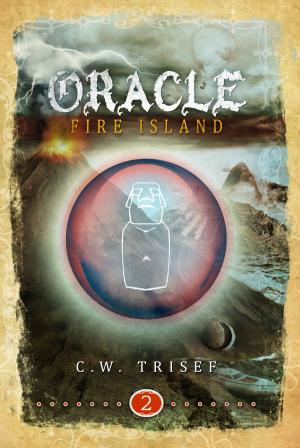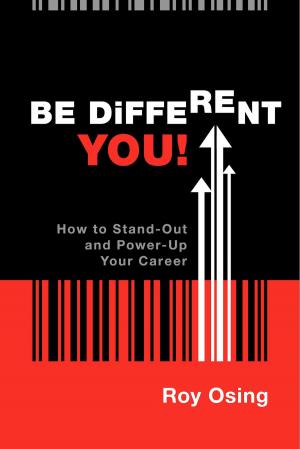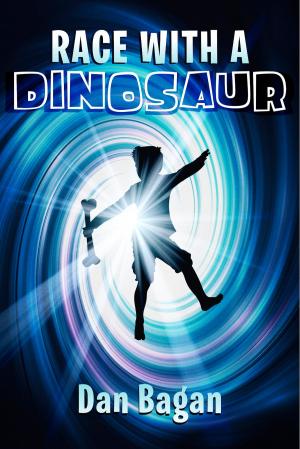A Much Unsung Hero, The Lunar Landing Training Vehicle
And Other NASA Recollections
Nonfiction, Science & Nature, Technology, Aeronautics & Astronautics| Author: | James Bigham | ISBN: | 9781483527512 |
| Publisher: | BookBaby | Publication: | May 4, 2014 |
| Imprint: | Language: | English |
| Author: | James Bigham |
| ISBN: | 9781483527512 |
| Publisher: | BookBaby |
| Publication: | May 4, 2014 |
| Imprint: | |
| Language: | English |
A Much Unsung Hero, The Lunar Landing Training Vehicle tells the story of the development of the LLTV and its predecessor, the Lunar Landing Research Vehicle. The LLTV was a free-flying simulator used to train the astronauts in the challenges of piloting the Lunar Module to a successful landing on the moon. Because of the moon's reduced gravity, one sixth that of earth's, the lift and control characteristics of the Lunar Module were totally unlike any vehicle here on earth, and the first opportunity the astronauts would have to pilot it was in the actual lunar landing. The LLTV was designed to simulate for the astronauts the unique control and visibility characteristics of the Lunar Module during its final and critical 1000 feet of descent to touchdown on the lunar surface. Unfortunately, however, if there was a major LLTV malfunction the LLTV's pilot had no choice but to eject because of its low operating altitude as happened. But despite the risk, the Lunar Module pilots without exception said their LLTV training was essential to avoid an abort or, even worse, a crash during the actual lunar landing. The phrase, "a much unsung hero", was originated by the astronauts themselves and comes from Neil Armstrong's biography, First Man. In his debriefing after Apollo 11, Neil commented: "The Lunar Module flew very much like the Lunar Training Vehicle (LLTV) which I had flown more than 30 times at Ellington Air Force Base near the Space Center. I had made from 50 to 60 landings in the trainer, and it flew very much like those flown in practice. This, of course, gave me a good deal of confidence and a comfortable familiarity." Among its other recollections, A Much Unsung Hero tells of the development of the Shuttle Training Aircraft. It was used to train the astronauts in the difficult unpowered landing of the Space Shuttle Orbiter. The astronauts were required to fly at least 1000 simulated Orbiter landings in the STA.
A Much Unsung Hero, The Lunar Landing Training Vehicle tells the story of the development of the LLTV and its predecessor, the Lunar Landing Research Vehicle. The LLTV was a free-flying simulator used to train the astronauts in the challenges of piloting the Lunar Module to a successful landing on the moon. Because of the moon's reduced gravity, one sixth that of earth's, the lift and control characteristics of the Lunar Module were totally unlike any vehicle here on earth, and the first opportunity the astronauts would have to pilot it was in the actual lunar landing. The LLTV was designed to simulate for the astronauts the unique control and visibility characteristics of the Lunar Module during its final and critical 1000 feet of descent to touchdown on the lunar surface. Unfortunately, however, if there was a major LLTV malfunction the LLTV's pilot had no choice but to eject because of its low operating altitude as happened. But despite the risk, the Lunar Module pilots without exception said their LLTV training was essential to avoid an abort or, even worse, a crash during the actual lunar landing. The phrase, "a much unsung hero", was originated by the astronauts themselves and comes from Neil Armstrong's biography, First Man. In his debriefing after Apollo 11, Neil commented: "The Lunar Module flew very much like the Lunar Training Vehicle (LLTV) which I had flown more than 30 times at Ellington Air Force Base near the Space Center. I had made from 50 to 60 landings in the trainer, and it flew very much like those flown in practice. This, of course, gave me a good deal of confidence and a comfortable familiarity." Among its other recollections, A Much Unsung Hero tells of the development of the Shuttle Training Aircraft. It was used to train the astronauts in the difficult unpowered landing of the Space Shuttle Orbiter. The astronauts were required to fly at least 1000 simulated Orbiter landings in the STA.
